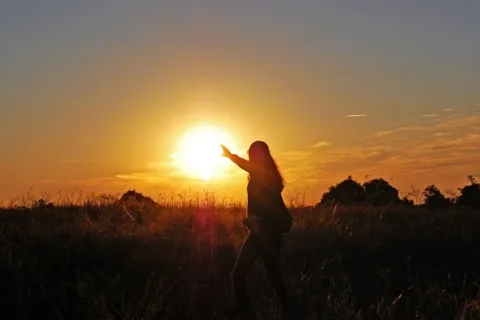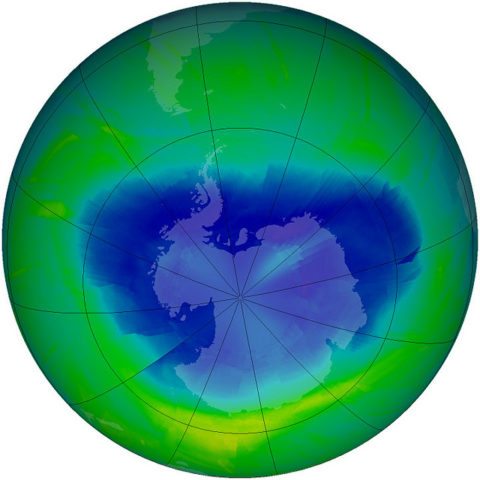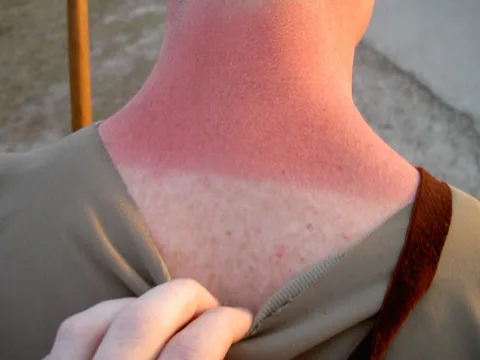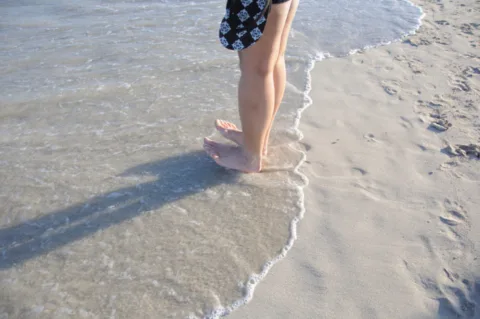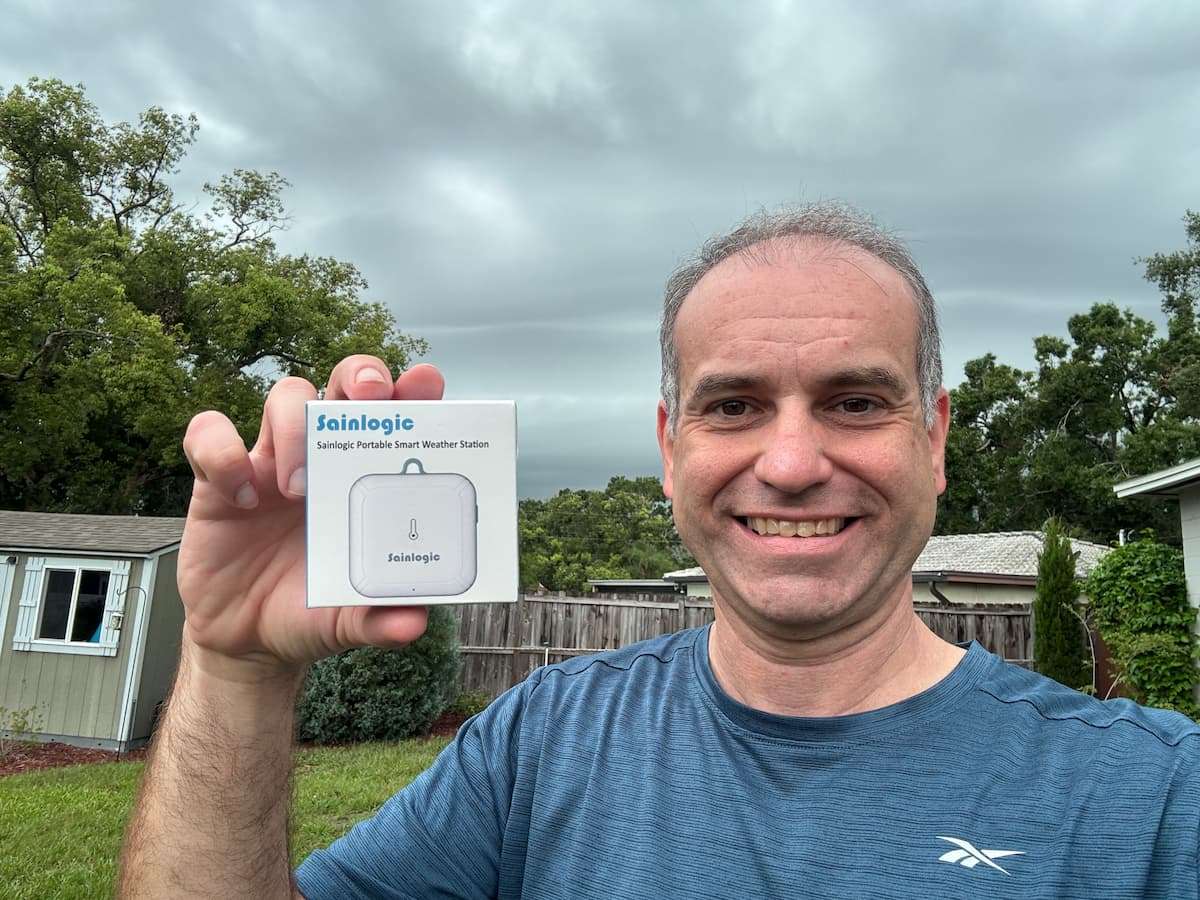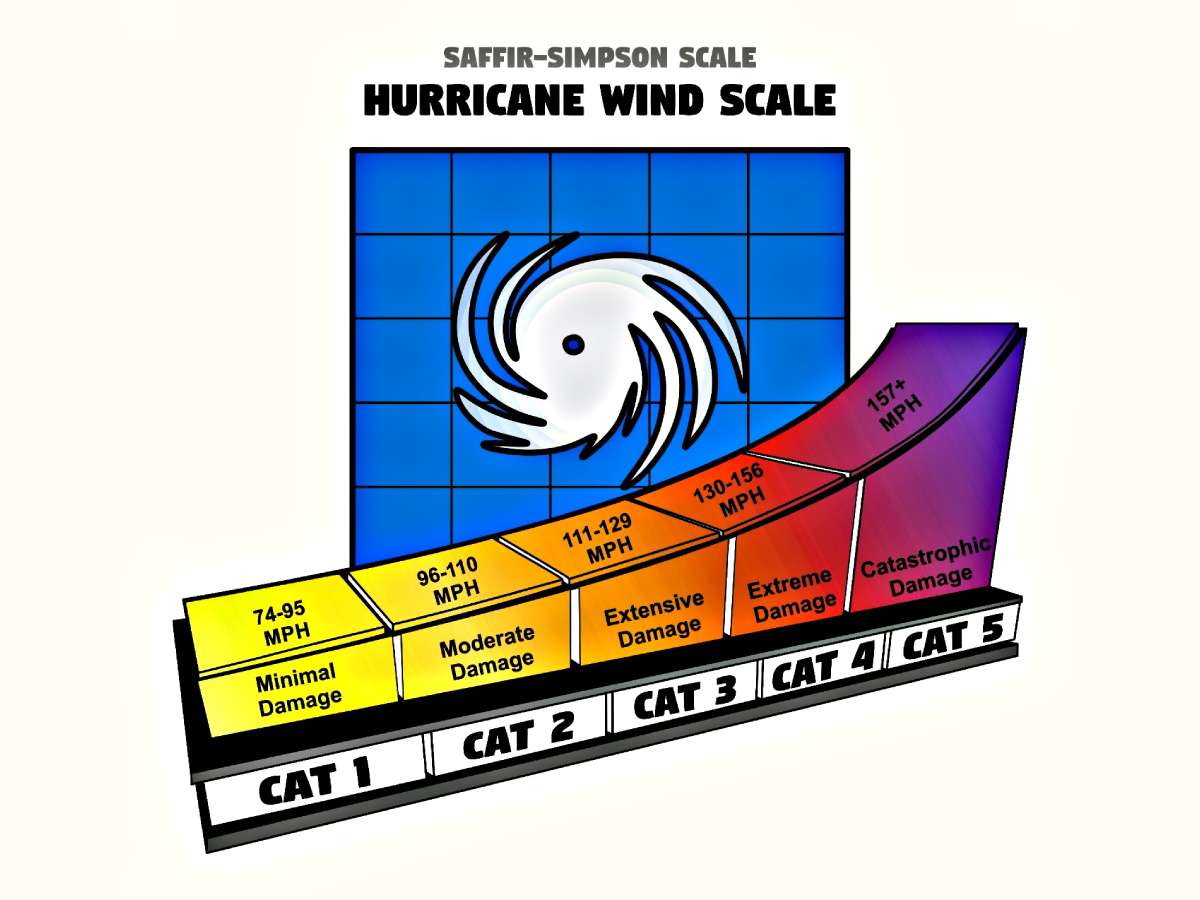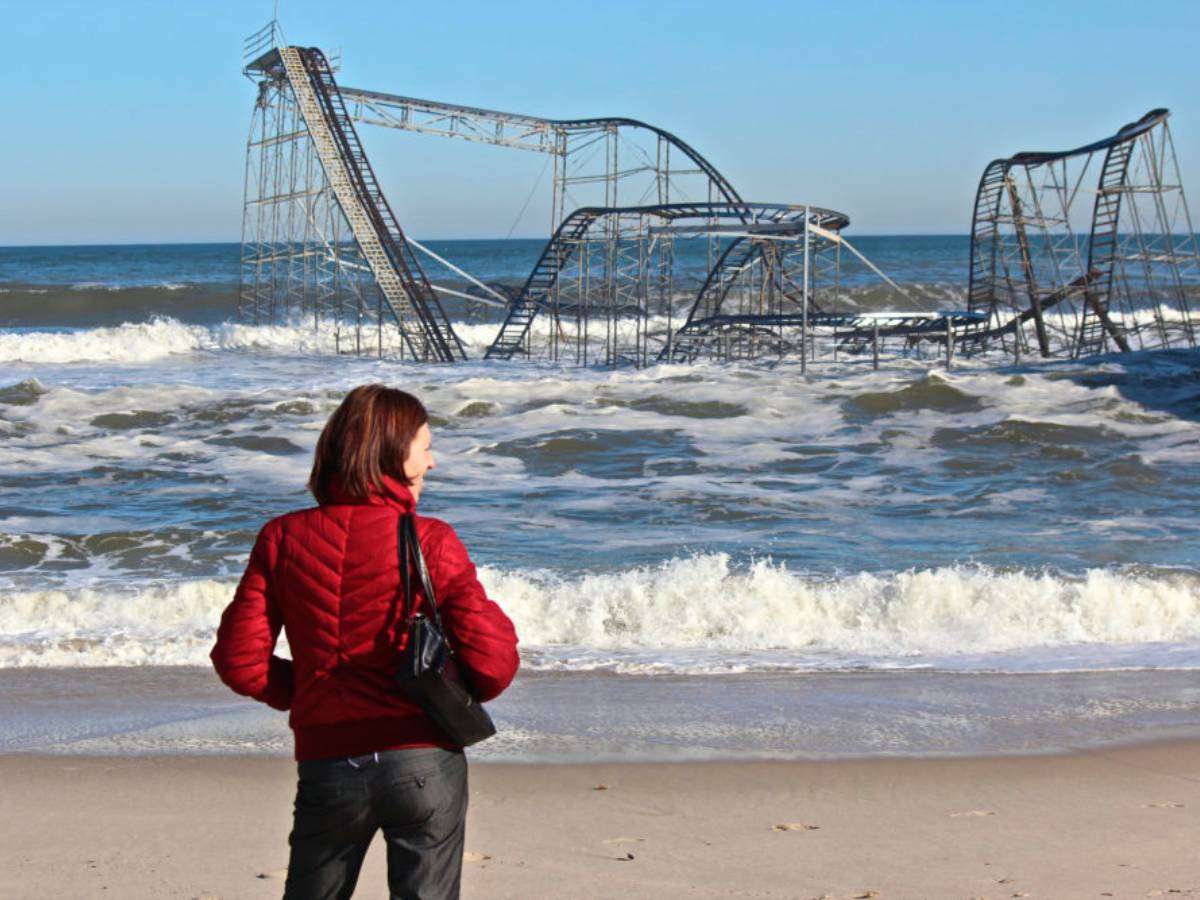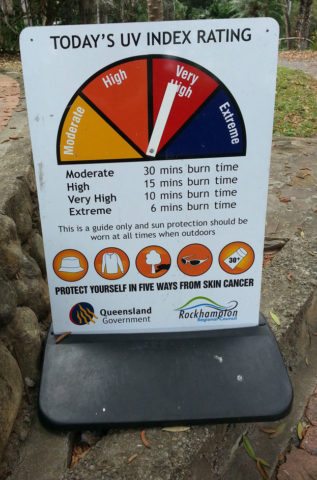 One of the best tools to help you assess your risk of getting a sunburn is the UV index scale.
One of the best tools to help you assess your risk of getting a sunburn is the UV index scale.
I’ve come to learn that the UV index is just as important to pay attention to as any other part of the weather forecast on TV or online.
But what, exactly, is the UV index scale and why should it matter to you?
What Is The UV Index?
The UV index is a forecast on how much ultraviolet radiation you might be overexposed to on any given day.
…a forecast of the amount of skin damaging UV radiation expected to reach the earth’s surface at the time when the sun is highest in the sky (solar noon). ~ Climate Prediction Center
It’s important to know the UV index report — especially on days that you’re planning to spend a lot of time outdoors.
When you know the UV index, you can plan ahead to avoid getting sunburned when you’re outdoors. By protecting your skin and eyes ahead of time, you’ll be able to avoid UV damage that leads to premature signs of aging and even skin cancer.
See the UV index report for any zip code.
You can also sign up for UV alerts, if you’d like to receive a notification whenever the level of UV radiation is predicted to be unusually high.
How Does The UV Index Scale Work?
The UV index came into use in the mid-1990s and is often provided with the daily weather report during the summer months, in order to help people understand the sunburn risk in any given area.
The UV index scale is used to predict a specific day’s UV radiation levels, with the aim of helping you decide what to do to be safe in the sun.
So, how does the UV index work?
It’s really simple…
If you like pop culture references, you may chuckle when I take a cue from actor Christopher Guest’s character in This Is Spinal Tap and say the UV index “goes to 11.” Well, 11-plus. But, really, who’s counting? (In the tropics at high elevations under clear skies the UV index can be as high as 15 or 16.)
The UV index scale ranges from 0 to 11 (or more) — with 0 indicating a very low risk of sunburn and 11 indicating a very high risk.
- 0 to 2 = low risk of harm from the sun’s UV rays for the average person. Minimal protection is suggested: sunscreen.
- 3 to 5 = moderate risk of harm from unprotected sun exposure. More protection is suggested: sunscreen and protective clothing.
- 6 to 7 = high risk of harm from unprotected sun exposure. Protection is required: sunscreen, protective clothing, and sunglasses.
- 8 to 10 = very high risk of harm from unprotected sun exposure. Extra protection is required: sunscreen, protective clothing, sunglasses, and attempt to avoid the sun between 10 AM to 4 PM.
- 11 or more = extreme risk of harm from unprotected sun exposure. Take every precaution possible: sunscreen, protective clothing, sunglasses, and avoid being in the sun between 10 AM to 4 PM.
It’s important to remember that the UV index has nothing to do with how hot it is outside. It does not directly correspond to the heat index.
Factors That Affect UV Radiation
While UV index ratings have nothing to do with the temperature and won’t necessarily be higher just because its hot outside, the UV index generally will go down in the fall and winter.
That’s because sunlight is approaching from a lower angle, and therefore the sun’s rays aren’t as intense in the fall and winter as they are in the spring and summer.
The factors that affect the UV index rating are:
- Amount of ozone
- Angle of sunlight
- Ground elevation
- Forecasted amount of cloud coverage
Here’s more about how the UV index is calculated.
The Ozone Layer As It Relates To Sunburn
The importance of the ozone layer in protecting you and me from sunburn really can’t be understated. The ozone layer acts as a natural sunscreen for us earthly inhabitants, blocking out all UV-C and most UV-B rays. In other words, without the ozone layer, life on Earth as we know it would not exist.
That’s why ozone-depleting chlorofluorocarbons (also known as CFCs) were banned from aerosol cans and other products during the 1980s. CFCs that escaped into the stratosphere have thinned the ozone layer. This thinning resulted in a weakness of the ozone layer — especially over Antarctica.
This thin region of ozone is popularly called the ozone hole, though it isn’t a literal hole. It’s rather a figurative term that refers to the weaker coverage of ozone layer there than in other parts of the ozone layer.
The thinning ozone layer has particularly affected Australians, who are predominately fair-skinned and are exposed to relatively high levels of UV radiation because of the ozone hole. In fact, Australia has the notorious label of being the Skin Cancer Capital of the World. And get this — 2 out of 3 Australians will get skin cancer by the age of 70.
Of course, while fair-skinned people such as myself have a generally higher risk of sunburn and skin cancer than those who are dark-skinned, that doesn’t mean darker-skinned people are immune to skin cancer. Perhaps that point is no better proven than by late reggae star Bob Marley, who died of skin cancer in 1981.
In other words, no matter how light or dark your skin or where you live, you should keep an eye on UV index reports and take the necessary steps to prevent sunburn and skin cancer!
Tips For Avoiding Sunburn
OK, so now you’re probably wondering how to prevent getting a cancer-causing sunburn in the first place, right? I was pretty curious myself after I received 2 peeling sunburns through a T-shirt when I was in my teens.
One blistering sunburn in childhood or adolescence more than doubles a person’s chances of developing melanoma later in life. ~ Skin Cancer Foundation
Here are 4 things that I’ve learned about avoiding sunburn:
- Avoid going outdoors between the hours of 10 AM and 4 PM — especially during the summertime, when the sun is high in the sky. This is my most important tip because it has the biggest effect.
- Apply a water-resistant sunscreen of SPF-30 protection or greater, even if you’re not going swimming. I like the water-resistant sunscreen because it seems to adhere better if I get sweaty.
- Wear a wide-brimmed hat and seek the shade whenever you go outdoors during the peak sunlight hours. Don’t forget about your eyes!
- Wear longer sleeves and pants (instead of shorts) whenever possible. Look for tightly woven clothing that can block sunlight from hitting your skin.
Here’s how to choose the right sunscreen for your skin type.
The Shadow Rule
And finally, remember this: “Short shadow, seek shade.” That’s known as the shadow rule.
If you’re out and about and want to “guesstimate” how much UV exposure you’re getting at the moment, here’s how to use your shadow:
- If your shadow is shorter than you are, then your UV exposure is higher.
- If your shadow is taller than you are, then your UV exposure is lower.
Here’s how UV radiation varies throughout the day.


